Future space telescopes: what awaits us after "James Webb" and WFIRST?
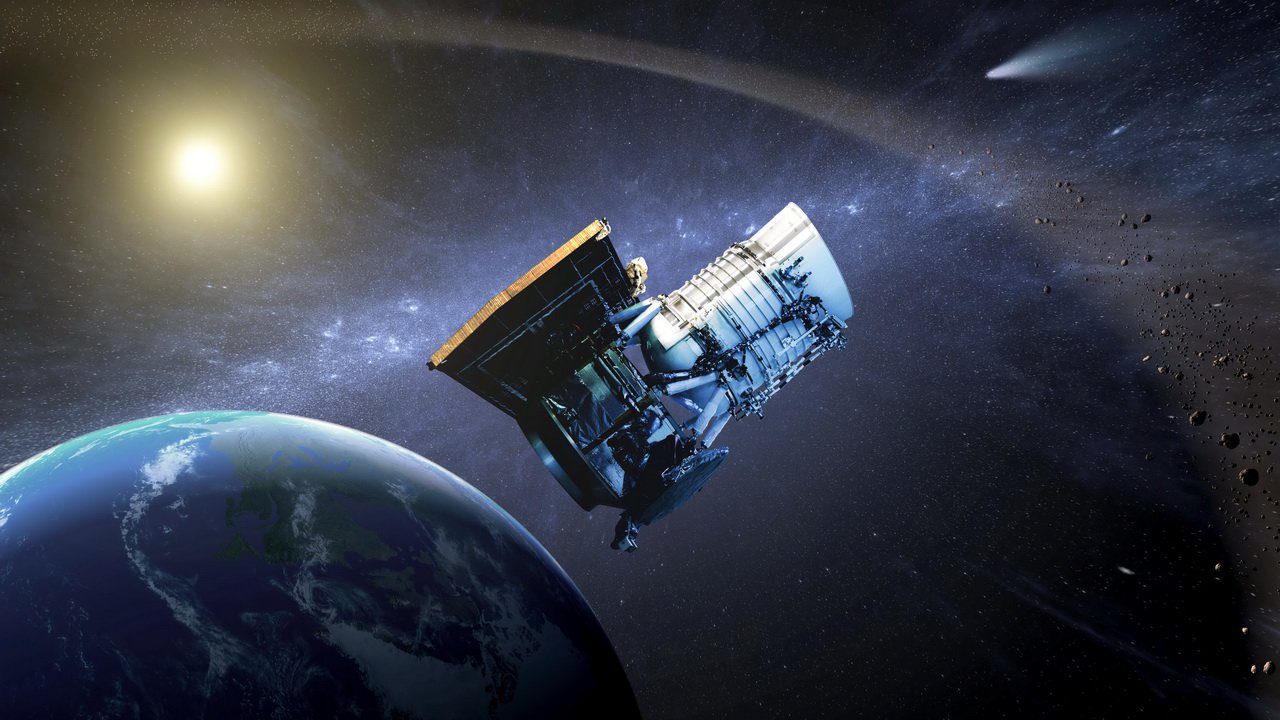 Source:
Source:
The Space telescope "Hubble" is working for the benefit of science for the past more than 28 years, expanding the horizons of our understanding of the Universe and discovering new exoplanets, some of which may be inhabited. To test this we can not yet, but in the future we will have such an opportunity. Telescope "James Webb" (JWST), which should replace the Hubble, all will not be going into space. The project is more advanced telescope, NASA WFIRST, which needs to go into space in the mid 2020-ies was almost canceled, but accepted at the time the budget has retained the support of the program. However, in development there are other telescopes that will be able to outperform and "James Webb" and WFIRST.
Telescope "James Webb" in the sterile workshop Assembly Space center NASA's Johnson in Houston (USA)
Recall that the launch of the long-suffering "James Webb" . Now in may 2020. Now engineers carry out testing and trying to solve the problem. And the problem, it is necessary to tell directly, reach the point of absurdity. Well, what to say, if one of the last briefings concerning the status of the Assembly heard the words "it rained nuts and bolts"? The project has already invested more than $ 8 billion. Do not be surprised if by 2020, the budget will not increase even a couple of billion.
Wide-range infrared telescope (WFIRST). Needs 100 times exceed the capabilities of Hubble (has 100 times wider viewing angle) and promises to tackle cutting-edge issues in cosmology and the study of exoplanets. Its coronagraph will observe exoplanets directly and study its atmosphere. If all goes according to plan and the launch will not carry (in that little hard to believe), the telescope will go into space somewhere in the middle of the 2020-ies.
But today, we are not interested in these telescopes. Today we look further into the future and analyze the telescopes that are planned (at least would like) to run somewhere in the 2030-ies, that is, after the telescopes of the new generation mentioned above.
theHabEx
The First telescope, which is worth paying attention to, is HabEx (Habitable Exoplanet Imaging Mission, "the Mission to search for habitable exoplanets"). This space Observatory, in theory, be able to conduct a direct survey of exoplanets orbiting other stars. Its purpose would be a variety of planets ranging from hot Jupiters to "supertelly". The main task will be to find earth-like planets and study their atmospheres.
Studies of the worlds will be conducted through the analysis of light waves, a feature change which would speak about the planet one way or another of the biosphere
For observing planets HabEx will need some way to block the light of stars that can be seen less bright planets located around them. This can be done in two ways.
For the first need a coronagraph, which is a by and large artificial blocking screen mounted inside the telescope and closing it from the rays of star light. In this case, the remaining light may be reflected from other objects located near the star and can be caught by a special detector. The presence of the telescope mirrors with variable reflection surface and the subsequent fine tuning will allow you to see who is the star of the planet.
An Example of using the coronagraph installed on the VLT telescope of the European southern Observatory can be viewed below. The Central star is a double star system HR 4796A in Centaurus is hidden, allowing you to see around her a protoplanetary disk.
This is perhaps one of the coolest images in the entire history of astronomy. Using one of the telescopes Keck Observatory (Hawaii) was able to capture four planets the size of Jupiter orbiting the young star HR 8799 dot in the constellation Pegasus. The image created on the basis of images obtained at different times of the observations. But it looks no less impressive.
The Second method would be to use a separate Starshade spacecraft in the shape of a sunflower, which will fly tens of thousands of kilometers from the telescope, and then open up and block the light of the star of interest, allowing monitoring of existing planets around it. The design feature of the Starshade allows you to create a very dark shadow, providing the best overview on the object of interest.
the Artistic representation of the prototype Starshade – a giant structure designed to block the bright light of the stars and subsequent observations using telescopes for near them planets
Another lovely Starshade is that the device in theory can be used with almost any space Observatory.
Currently, the most effective and affordable method of discovering new ekzoplanet is a transit search method or the method of calculating radial velocities. However, thanks to these telescopes, HabEx the planets will become possible to observe directly.
In addition to its main task of finding and studying exoplanets, HabEx will be engaged and questions of astrophysics, for example, watching the light from the early Universe, or studying the chemical composition of large stars before and after their collapse in a supernova.
theLynx
The Following telescope goes Lynx – x-ray telescope NASA the new generation. Surprisingly the name of the device is not an acronym. It is named after a feline – lynx (English "lynx"). Inmany cultures lynx are considered animals with the supernatural ability to see the true nature of things.
X-rays are at the far end of the electromagnetic spectrum (located between ultraviolet radiation and gamma radiation) and blocked by earth's atmosphere. Therefore, in order to see them, needed a telescope located in space. At the moment the flagship x-ray telescope is a Space x-ray Observatory Chandra NASA. The European space Agency is about to launch in 2028 your x-ray telescope ATHENA.
the Concept of the x-ray telescope Lynx
It is Planned that the Lynx will work as a partner to the telescope "James Webb", peering at the edge of the observable Universe, revealing the secrets of the emergence of the first supermassive black holes and helping to make a picture of the nature of their formation and merging over time. He will also be able to observe the emission coming from hot gas in the early cosmic web, collecting data about how was formed the very first stars and galaxies.
Then Lynx will be used to study objects that were involved in Chandra, XMM Newton, and other x-ray telescopes: of pulsars, black holes are explored, supernovas, black holes and more. Even ordinary stars can create flares of x-ray radiation, and hence they become the objects of study.
The Main part of the Universe is concentrated in clouds of gas, heated to a million degrees Kelvin. And if we want to see the Universe as it really is, we need to monitor the x-ray wavelength range.
X-ray telescopes differ from space-based observatories such as the Hubble space telescope operating in the visible wavelength range. Here you cannot use an ordinary mirror, which will hit x-rays. Instead, focus the rays it is necessary to use grazing-incidence mirror that allows you to redirect them falling into photons in the detector.
the Artistic representation Space x-ray Observatory "Chandra". At the moment it is the most sensitive x-ray telescope
Through the use of three-meter outer mirror Lynx will be 50-100 times more sensitive, will receive 16 times more angle and be able to catch photons of 800 times faster than Chandra.
theOrigins Space Telescope
Next comes the Origins Space Telescope, or simply OST. A sort of "James Webb on steroids", which should replace the telescope "Spitzer". "James Webb" has a 6.5-meter mirror, but with a 9.1-metre mirror the sensitivity of the telescope Space Telescope Origins should be 30 times greater than the sensitivity of "James Webb". It is planned that the unit will operate in the infrared wavelength range and to observe the most interesting objects in the Universe.
an Artistic representation of the Origins of the telescope Space Telescope (OST)
The Telescope will not only huge, but also very cold. Space Agency NASA has managed to cool the telescope "Spitzer" to a temperature of 5 Kelvin. It is only 5 degrees Celsius above absolute zero and slightly warmer than the temperature of the background radiation of the Universe. Thanks to a special cooling system engineers plan OST cooling to 4 Kelvin. The gap sounds small, but from a technical point of view it is a very difficult task.
Instead of having to cool the device with liquid helium, as was done with the telescope "Spitzer", every detail of the Origins Space Telescope must be cooled in stages, starting with mirrors, sinks and ending with kriokamera set up around of the instruments themselves.
With the huge cold infrared telescope planned to study the formation processes of galaxies, stars and planets, and the search for water and greenhouse gases in the atmospheres of exoplanets and the study of interstellar dust.
The above three projects is to promote the science of astronomy forward and increase our knowledge of the Universe. But the biggest and coolest project awaits you below.
theLUVOIR
The Telescope "James Webb" will be a very powerful tool. But the work apparatus is in the infrared wavelength range, in order to follow up on the colder objects and phenomena in the Universe, like the red shift of the first galaxies or the newly-forming planetary systems. Origins telescope Space Telescope aims to become a more advanced version of the telescope "James Webb".
The Telescope LUVOIR (Large UV Optical IR Surveyor), in turn, will be the real successor of Hubble. This huge device will be able to observe in the visible, ultraviolet and near infrared spectrum.
Artistic concept of the telescope LUVOIR
The development has two conceptual design for the telescope. According to the first, the apparatus will be equipped with a folding 8-foot mirror and put into orbit using a rocket-heavy class vehicle, the Falcon Heavy. According to another concept, the telescope will be equipped with a mirror with a diameter of 16 metres (for comparison the diameter of the mirror of Hubble is only 2.6 meters), which is 50% more than the largest ground-based telescope of the same class. In the second case it is planned to launch with the help of the carrier rocket Space Launch System. What version of choice — will depend on carrier rockets to be used in 2030.
The Device will get wide angle view and will be equipped with a wide range of different tools and filters thatastronomers can use to monitor anything. For example, the telescope will be equipped with a coronagraph, which was mentioned above, therefore, the unit will be able to observe the planets, the "muting" light of their home stars. The presence of the spectrograph will allow him to analyze the chemical composition of the atmospheres of exoplanets.
LUVOIR is to become a great universal tool designed for great discoveries in the fields of astrophysics and planetary science. Among its potential: direct observation of exoplanets and the search for biosignature. The telescope will be able to search the planet for the different classes, ranging from hot Jupiters to "supersense". In addition, LUVOIR will enable observation of objects in the Solar system to a completely different level.
Enceladus as it saw "Hubble" (left) and as it will be LUVOIR (right)
If you wish, we can look into any corner of the Universe, expanding the horizons of its apparent magnitude, as well as to examine much smaller objects, which were not able to see "Hubble". Using LUVOIR research will be conducted the first galaxies and stars, and calculations of the distribution of dark matter in the Universe.
Scientists are still unable to fully understand what happens when a star gains enough mass to ignite. LUVOIR will be able to look in the direction zvezdoobrazovaniya regions to consider the gas and dust of the earliest moment of the birth of stars and planets that they will be surrounded.
theDreams and reality
The above vehicles fueled your enthusiasm for the future of astronomy? Do not hurry to rejoice. The sad news is that presented in today's article space telescopes have virtually no chance to one day become our eyes, watching the distant frontiers of space horizon.
At the beginning of this month, space Agency NASA has announced that it intends to limit the appetite of the planners of the projects on creation of new space telescopes and reduces budgets razrabotkoj to 3-5 billion dollars. Up to this point engineers have not even thought about any sort of recommendations, plans for budget and other bureaucratic things, they just designed new devices that will be able to bring science to a new level.
Budget is the same telescopes HabEx, Lynx and OST estimates can easily cross the bar of $ 5 billion. And about the same LUVOIR will have to forget – the cost of its creation can easily cross the mark of $ 20 billion.
Even despite the fact that the U.S. Congress has insisted that NASA has received more funds for development, itself space Agency decided how to restrain their appetites and the appetites of its contractors. And when you consider how much over budget resulted in the creation of an advanced space telescope "James Webb" and how he fared now, it becomes quite clear why NASA decided to take this step.
Initially, the project development "James Webb" was estimated at between 1.6 and 3.5 billion dollars. Under this budget unit planned to start in the period from 2007 to 2011. Currently the launch is scheduled at the earliest — in may 2020. The development budget according to the estimation of Congress is already at 8.8 billion dollars, and after 2 years may increase to 10. It would be a mistake to think that only we can "cut" the budget. But, it's not so bad. The main problem is how irresponsible the main contractors engaged in the Assembly of the device.
The last vibration test, engineers found that the telescope spilling screws and washers. At the moment we are not talking about building a dresser from IKEA, where in this case we could simply say: "it will do". We are talking about the telescope, for nearly $ 9 billion.
Financial appetites are growing not only among the creators of the space telescope "James Webb". When the original estimate of $ 2 billion, the current estimated cost of developing the telescope WFIRST is already $ 3.9 billion.
Simple, the researchers hope that these devices will eventually be launched into orbit. Whether this will happen until mid-2030-ies, as originally planned in the programs? We need a miracle. At this miracle and remains to trust researchers who believe that these vehicles will be able to make new important discoveries in astronomy.
Recommended
The Americans on the moon: what everyone should know?
the Upcoming cosmonautics day is my favorite holiday. It marks the triumph of the human mind: in just four thousand years Homo Sapiens went from hunter-gatherers to space explorers. 12 April 1961 Soviet cosmonaut Yuri Gagarin became the first man in ...
Why are some galaxies spiral shaped?
you Know what surprised me the most? The fact that we perceive the surrounding world as it is. Animals, plants, the laws of physics and the cosmos are perceived by many people as something so mundane and boring that they invent fairies, ghosts, monst...
Astronomers were able to see the death of another star system
In the cosmic ocean drifts a lot of mysteries about the existence of which we are unaware. One of these was uncovered five years ago, when astronomers have discovered a lonely star at a distance of 570 light years from Earth, the brightness of which ...
Related News
The Chinese lunar satellite made an attractive photo of the Earth
last month, Chinese microsatellite Longjiang-2 entered the orbit of the moon. He recently turned to the Earth and did the first test photos that look just fine. Particularly attracted by the picture of our planet, partially covere...
A woman tries by the court to defend the right to own lunar dust
Laura Murray Mikko filed a lawsuit against the space Agency NASA, which in the past was trying to acquire a sample of lunar dust held by women. This sample was given to her parents from the astronaut , and Laura wants to defend th...
On Mars a dust storm raging. The life of one of the Rovers NASA under threat
the American space Agency NASA has suspended all scientific work of a small Mars Rover "opportunity", as over the Valley of perseverance (Perseverance Valley), a place where the unit is located, is currently raging a huge dust sto...
The skin of not killed bear: astronomers argue over the name of unproven planet in the Solar system
Among the scholars ignite passion about a hypothetical planet which can be beyond the orbit of Pluto. Moreover, the dispute involves not only evidence of her existence, but also how to call this world. Nobody knows really on the o...
The probe New horizon awake and ready to explore the Kuiper belt
NASA has launched a probe "New horizons" to Pluto visited and became its first researcher, a few years ago. When this phase of the mission ended, the robot went to the new Dali. Now the "New horizons" will search the Kuiper belt o...
Best comotto of the week: lightning of Jupiter and more
Planets, planets everywhere! The only question is where we go this week. First visit the small dwarf planet, which is pretty close to the Ground. NASA's space probe Dawn is chasing Ceres in 2015, watching her bright icy mountains ...
Test Russian reusable launch vehicle will start in 2022
the First Russian reusable launch vehicle can be a modified version of the ultra-light rocket "Angara-1.2". At the moment the project is under development. Tests of the first Russian reusable launch can take place in 2022. Rocke...
Modified microbes will help in the colonization of new planets
since people are going into space in search of life, most alien organisms, of which we meet may be logged by us. Scientists from NASA and other institutions are trying to biologically alter microbes so that they took over some of ...
Unique exoplanet discovered an abundance of metals
an international group of scientists have discovered signatures of a variety of metals for one of the least dense exoplanets of all that have ever found. Scientists from the University of Cambridge and the Canary Institute of astr...
Perhaps scientists have recorded the birth of smallest black hole
Spectacular merger of two neutron stars, which have generated gravitational waves, was last fall probably was hiding something: the birth of a black hole. This newborn black hole will be the most low-mass black hole ever found. A ...
Rakesh Mogul, Professor of biological chemistry California Polytechnic University in Pomona, was the lead author of the study published in the journal Astrobiology, where scientists explain the cause of contamination of germs ster...
"Satellites-cubes" NASA went to Mars
throughout the weeks two satellites CubeSat — MarCO-A and MarCO-B — activated their propulsion system to get on the path to Mars. This trajectory correction maneuver allows the spacecraft to lay the exact route through space to th...
121 discovered a planet with possible habitable satellites
we've All heard about the search for life on other planets. But what about searches on other moons? In the work, which will soon appear in the Astrophysical Journal, scientists from University of California-riverside and the Unive...
China is building a new international space station by 2022
China started construction . Experts call it the last step in the beginning of the space race powers. China's Ambassador to the UN Shi Juncture have invited the world to participate in the project. «KKS belongs not only to Ch...
Conducted another successful test spaceplane Virgin Galactic
the Spaceplane VSS Unity made a second flight on supersonic speed, according to the American company Virgin Galactic. The tests deemed successful, was held on may 29, 2018 on the ground in the Mojave desert (CA). during the tests...
Russian scientist offered a grim explanation of the Fermi paradox
the Unimaginable size of the Universe has long made scientists to believe in an almost endless profusion of habitable worlds in it. If so, where is actually everybody? In General, this is the whole point of the so-called Fermi par...
Openly medication that protects the brain from exposure to cosmic radiation
One of the main problems of space exploration is not so much the lack of oxygen and food (everything is successfully synthesized and grown on the same ISS today), and cosmic radiation. Background radiation ionizing radiation outsi...
The U.S. Department of defense led the way warp engines and dark energy
In August 2008, the U.S. defense Department has proposed dozens of scientific groups to address issues of perspectives of studying a brand new aerospace technologies, including new methods of movement, takeoff and stealth. Among t...
Humanity has three chances to find the aliens
Since then, as the first people sent their views to the sky, to the planets, stars and galaxies beyond our home world, our imagination filled in the opportunity to find extraterrestrial life. However, when we approach this issue f...
The company's Elon musk will be to dig tunnels for the Martians?
Most people do everything possible to not live at a depth of three meters under the ground. But if you want to live on Mars, this may be your only affordable option. This week, the President and COO of SpaceX, Gwynne Shotwell made...



















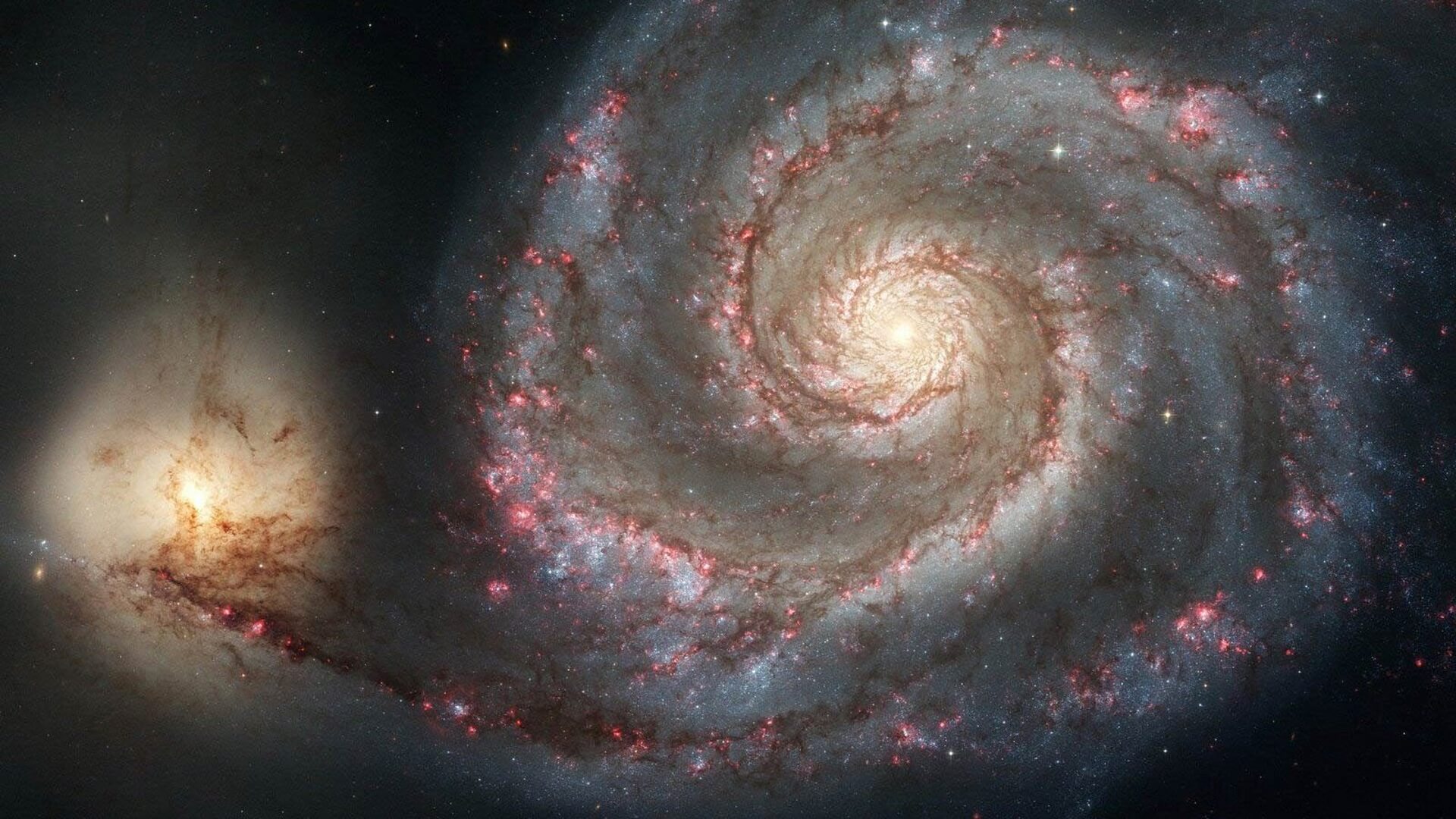
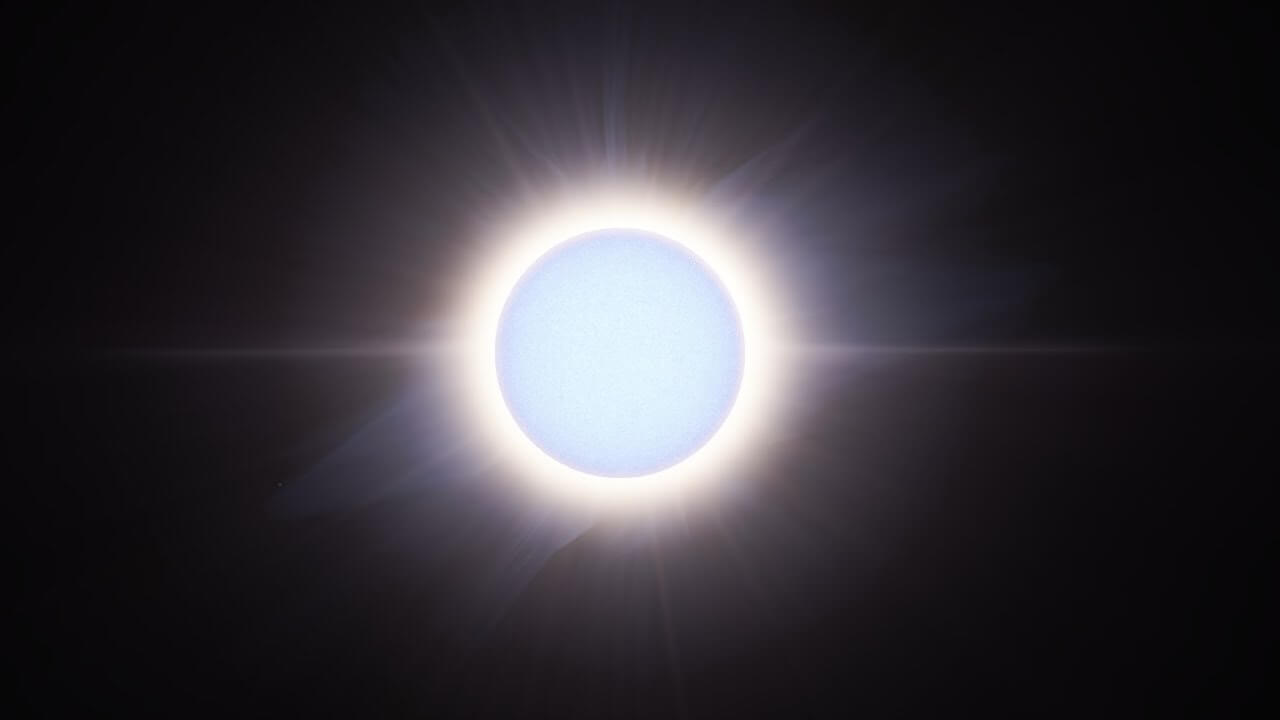
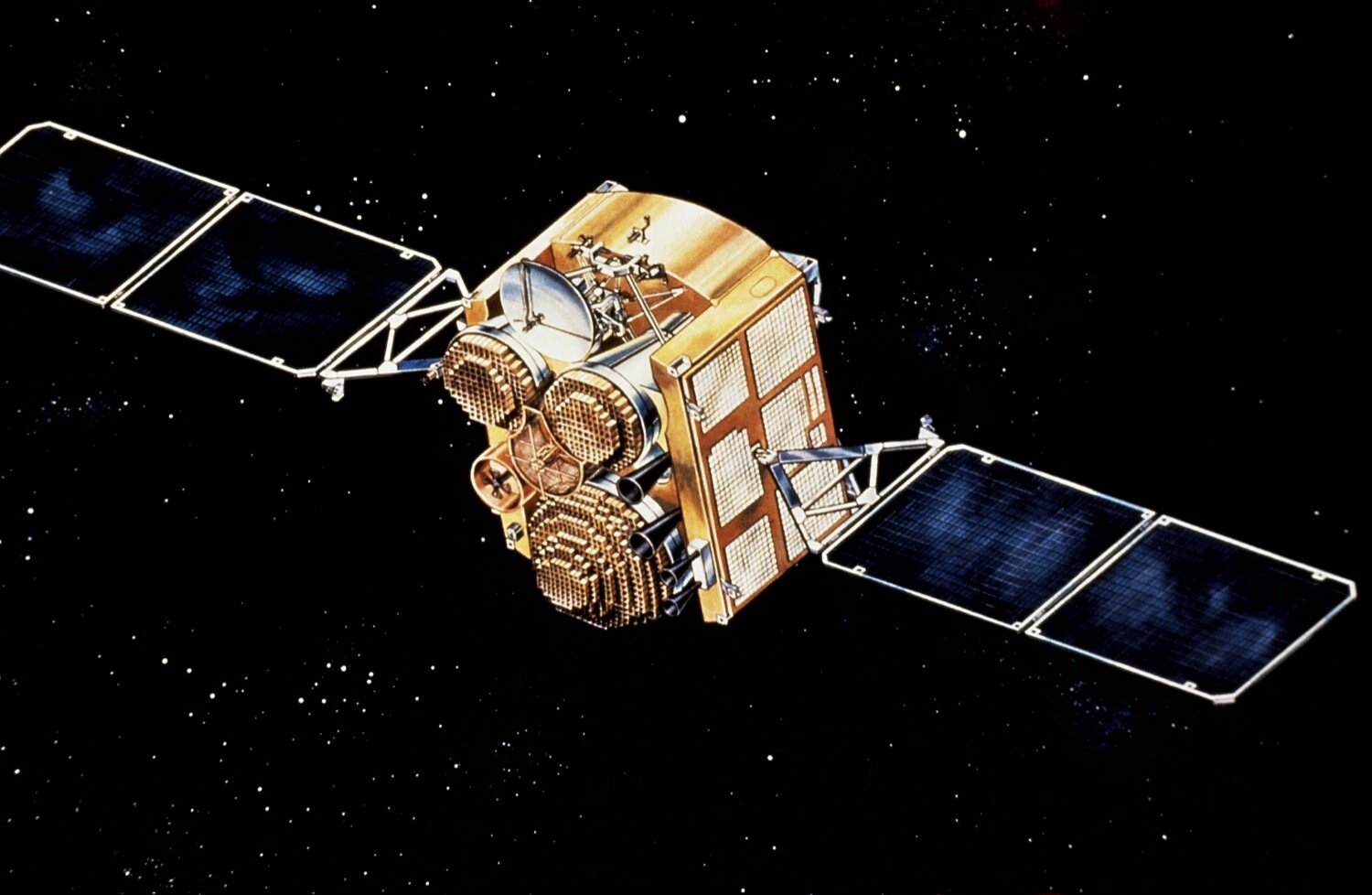

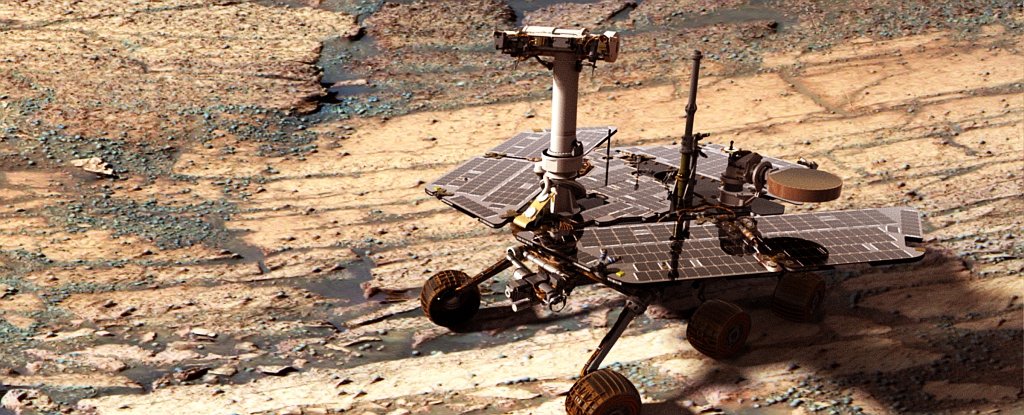

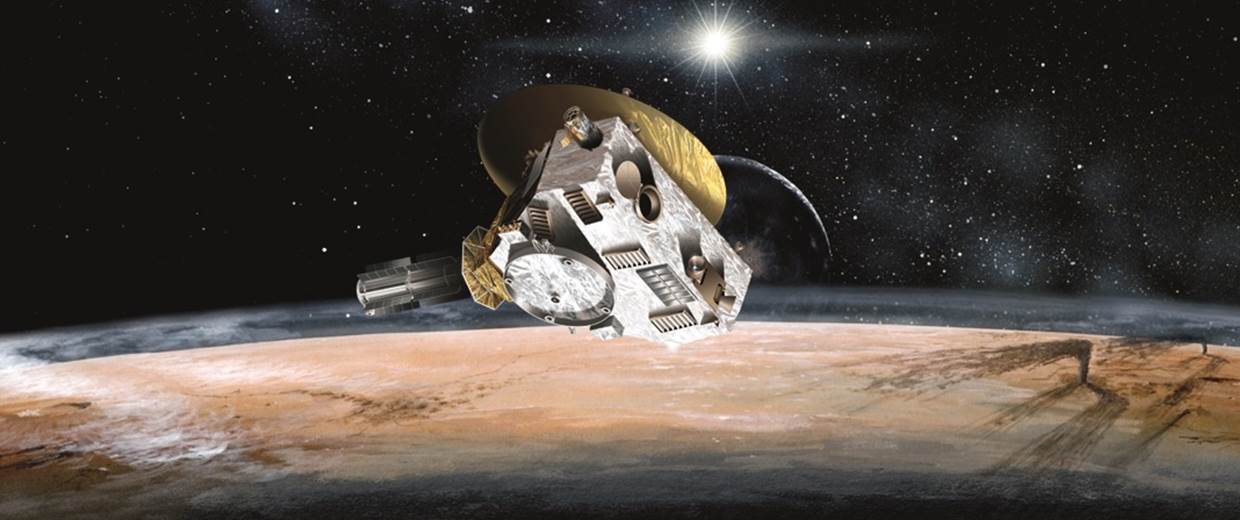


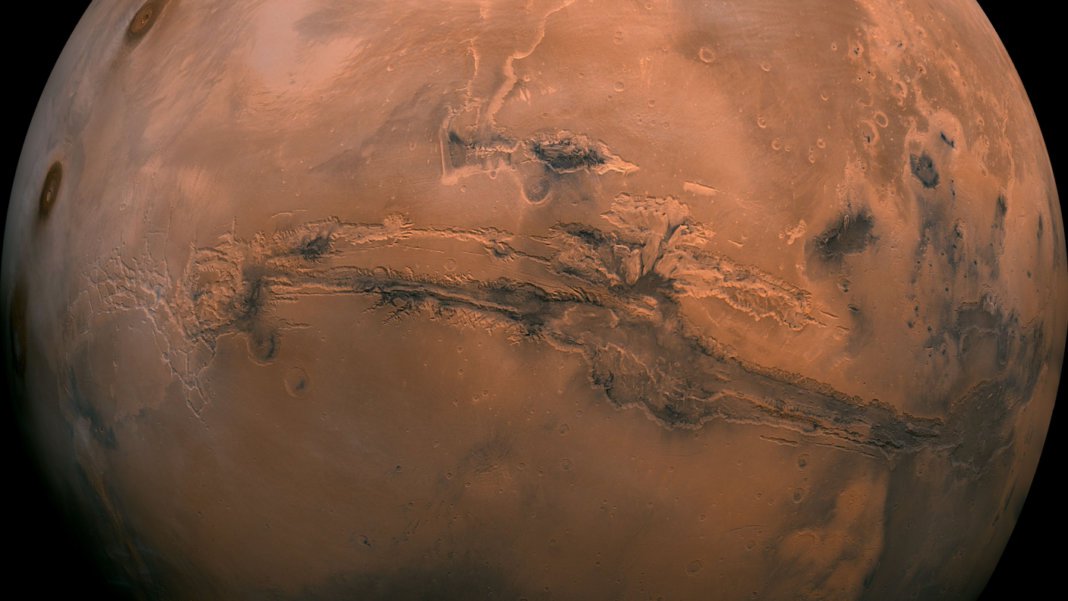
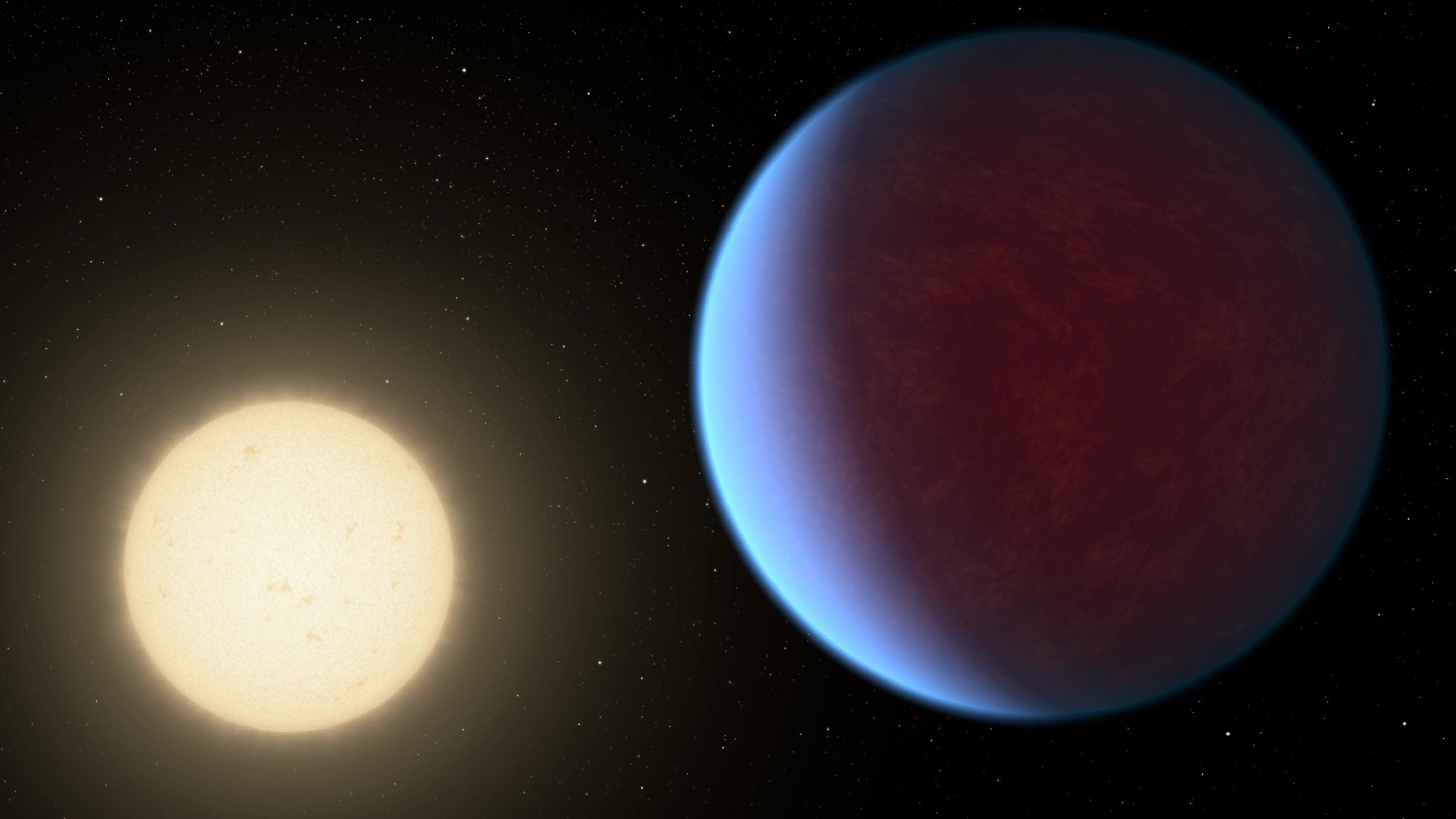
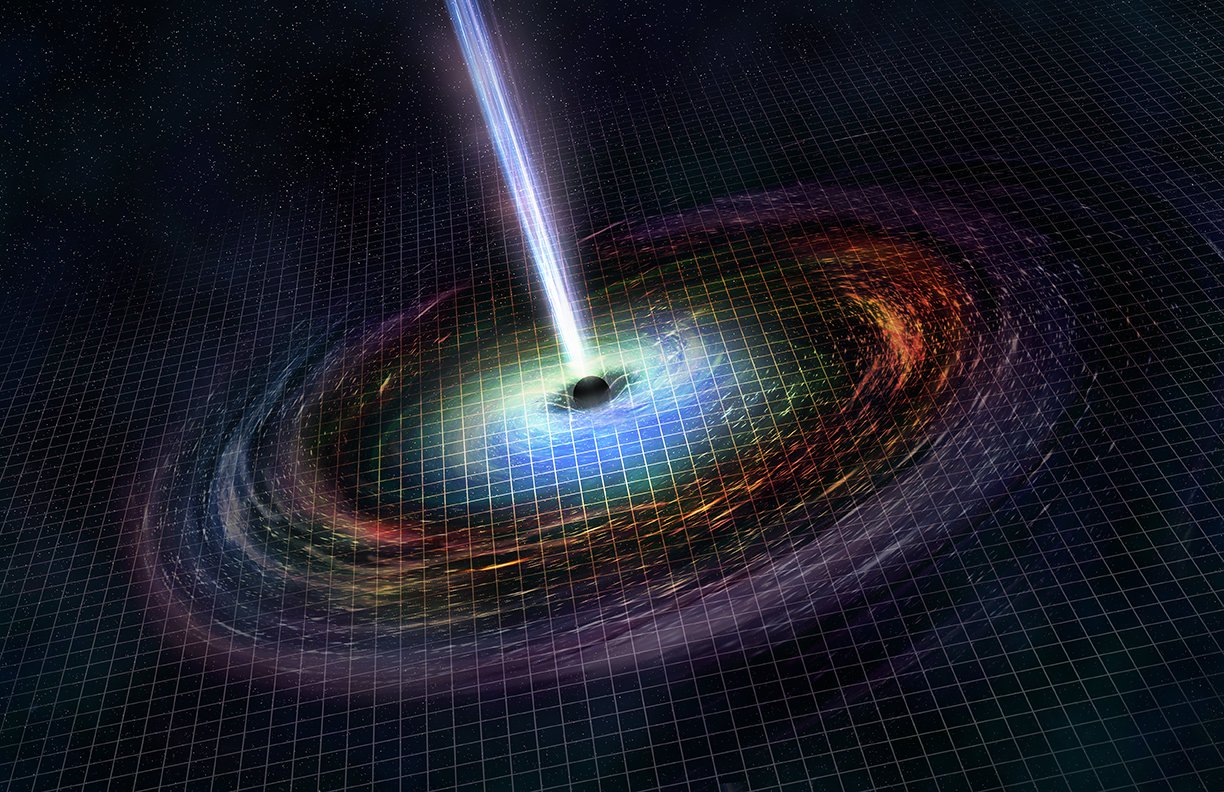
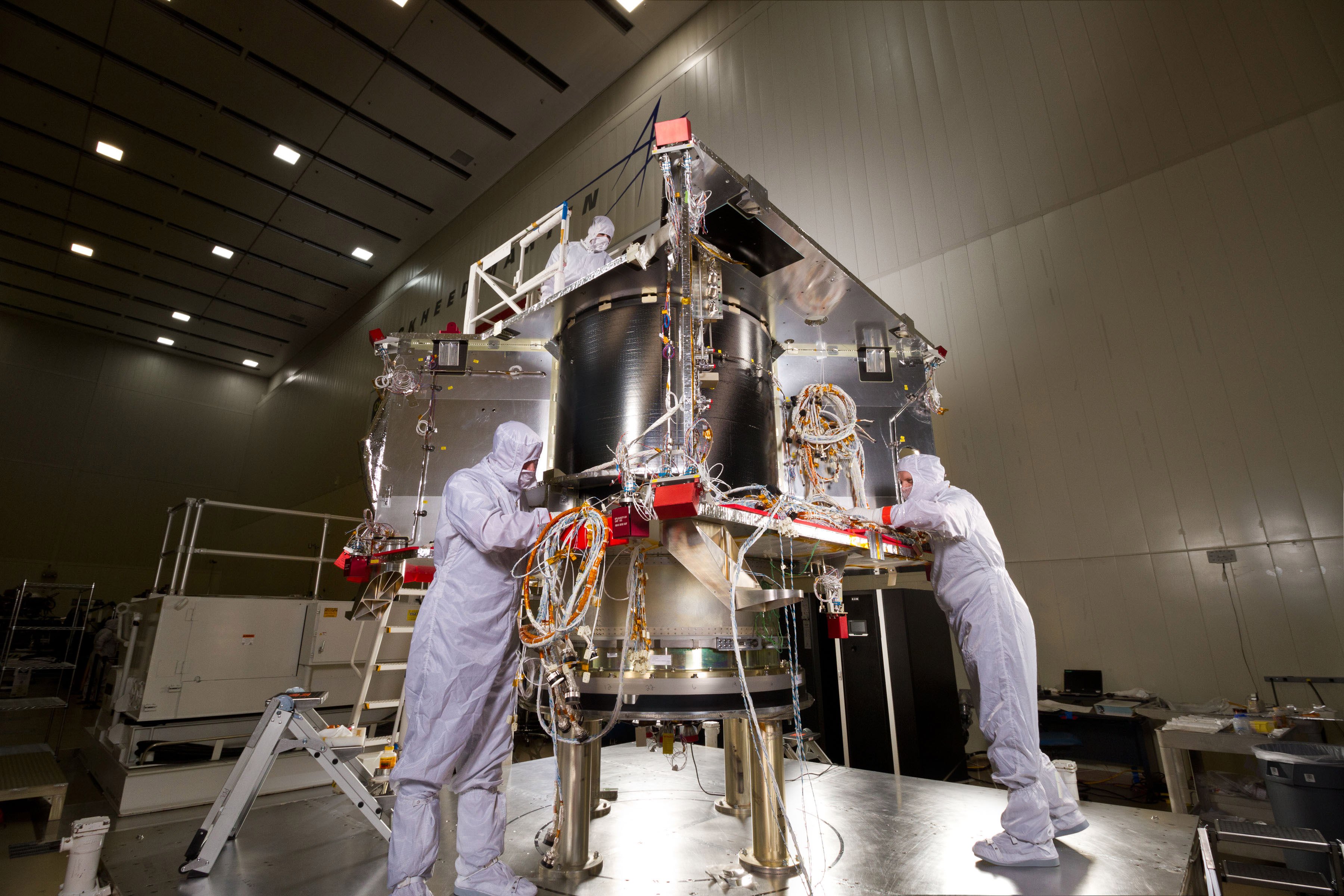
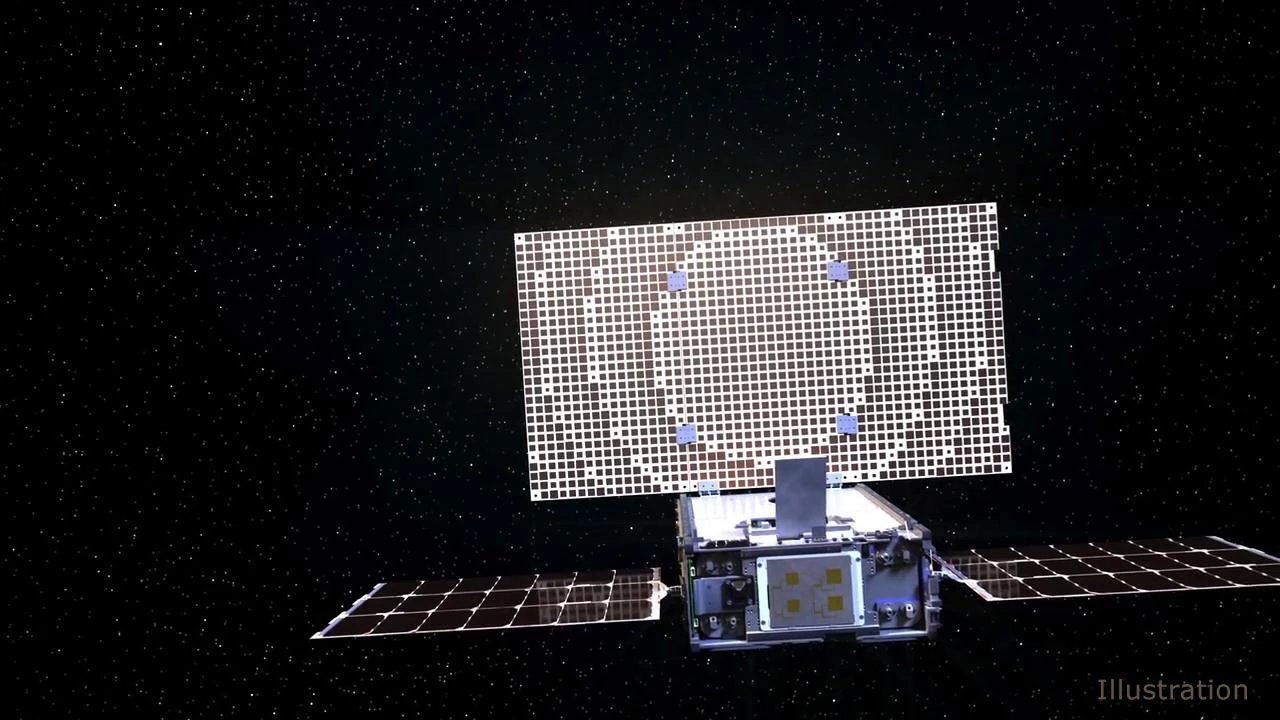
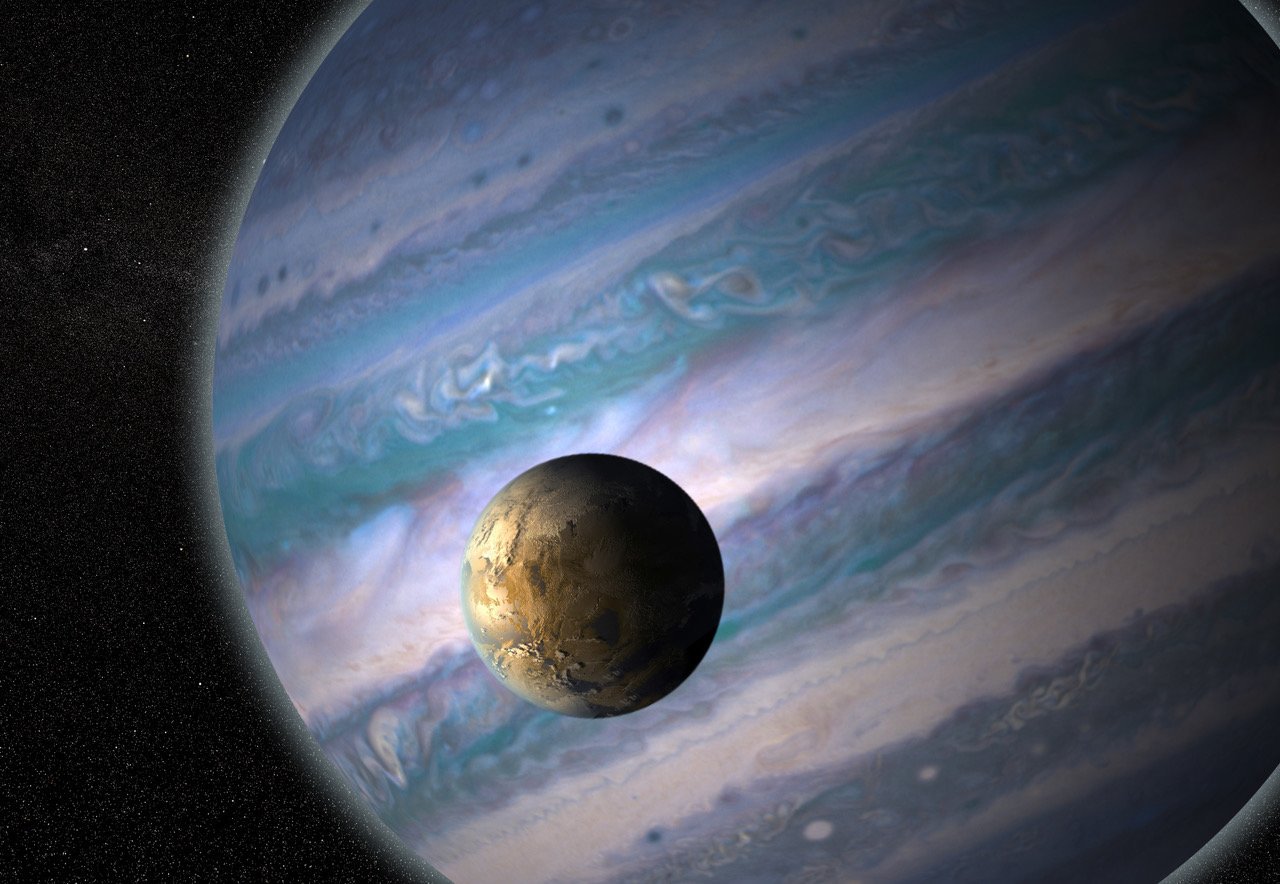


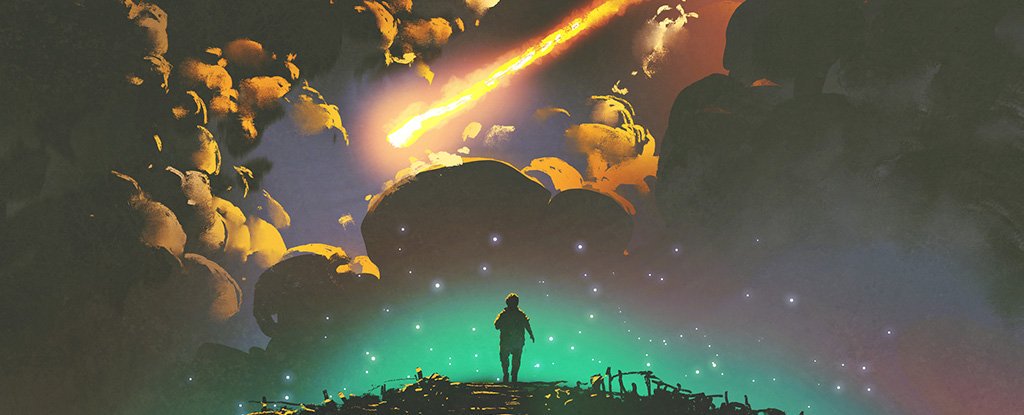

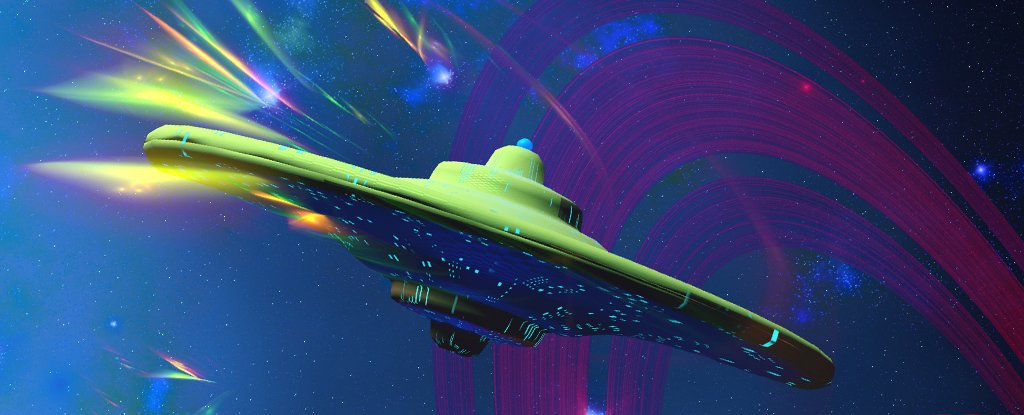

Comments (0)
This article has no comment, be the first!